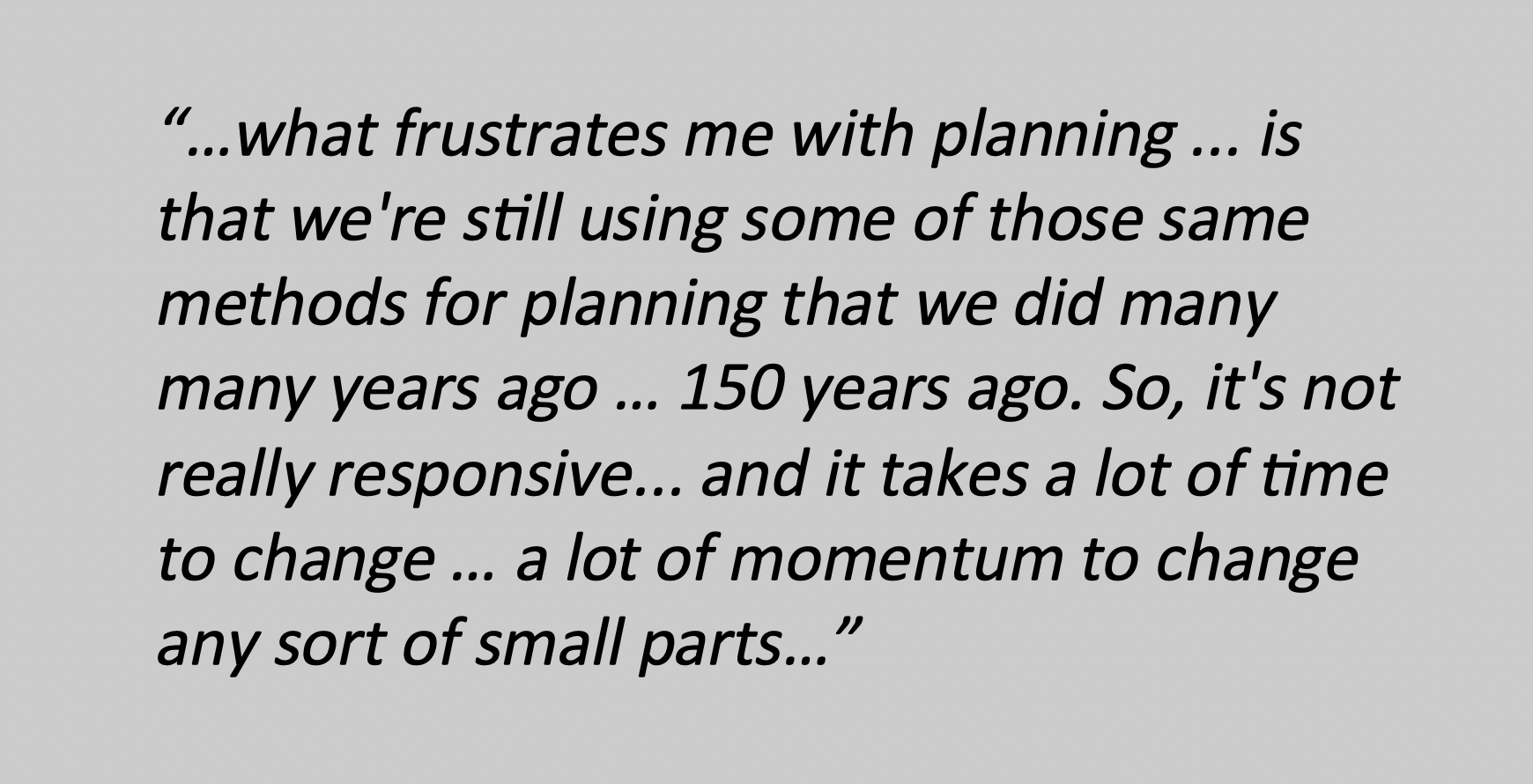City Know-hows

City makers need to stop making cities for ‘normal’ circumstances. Cities are liveable only when they can respond and reflect on and learn from disruptions and consequently adapt and change.
Share
Target audience
City-makers and urban policymakers
The problem
The Covid-19 Pandemic revealed the deficiency of the current planning systems in coping with disturbances and the inability of cities to maintain their level of liveability during the time of crises. Traditional interpretations of liveability tend to emphasise the quality of life, health and wellbeing of communities under ‘normal’ circumstances, and disregard the impacts of unexpected shocks and disturbances on cities.
What we did and why
The research focused on understanding the interface between the concepts of liveability and resiliency. The question for this paper is: ‘How can we plan liveable cities that are resilient to shocks, such as the Covid-19 pandemic?’
Our study’s contribution
The research highlighted the importance of integrating the concept of resiliency into liveability to develop cities that can sustain their liveability over time, specifically when disruptions happen. Cities need to increase their capacity to not only absorb shocks and respond quickly, but also, reflect on and learn from disruptions and consequently adapt and change. We need urban policies and plans that enable cities to adapt, survive and thrive and maintain the quality of life, health and wellbeing of citizens during and after crises.
Impacts for city policy and practice
Urban planning and policy needs to address the institutionalised inequities built into our cities through ‘local living’. Planning sustained liveable cities also requires to:
• Be ‘people centred’
• Apply ‘Integrated long-term planning’,
• Be ‘responsive and adaptable’,
• Ensure ‘future-proofing’
• Promote ‘sustainable development’
Further information
Full research article:
Related posts

This work unveils the heterogeneous preferences of different hospital users for green infrastructure improvements that could improve their health and wellbeing. Moreover, it shows that distinct motivations determine their demand for spending time outdoors and their willingness to pay for these improvements.

Community well-being is acknowledged as being ‘greater than the sum of its parts’. Our paper identifies current gaps in Community well-being assessments and recommends participatory mixed methods.

The foundation of children’s active lifestyles rests upon parents’ contentment with urban green spaces. This underscores the vital role urban planners and designers play in addressing parental concerns within these areas, thus amplifying children’s outdoor play and self-reliant exploration.